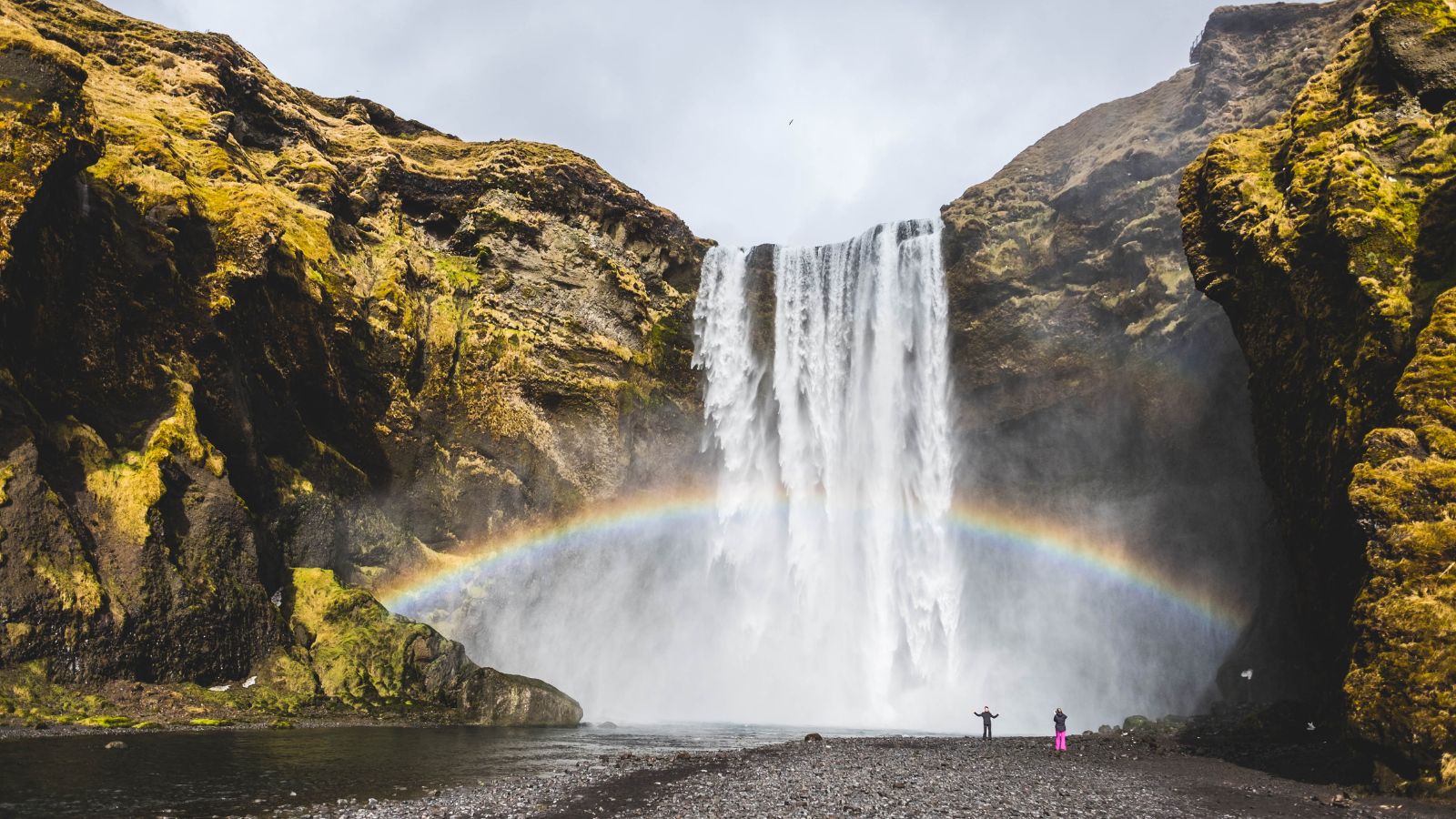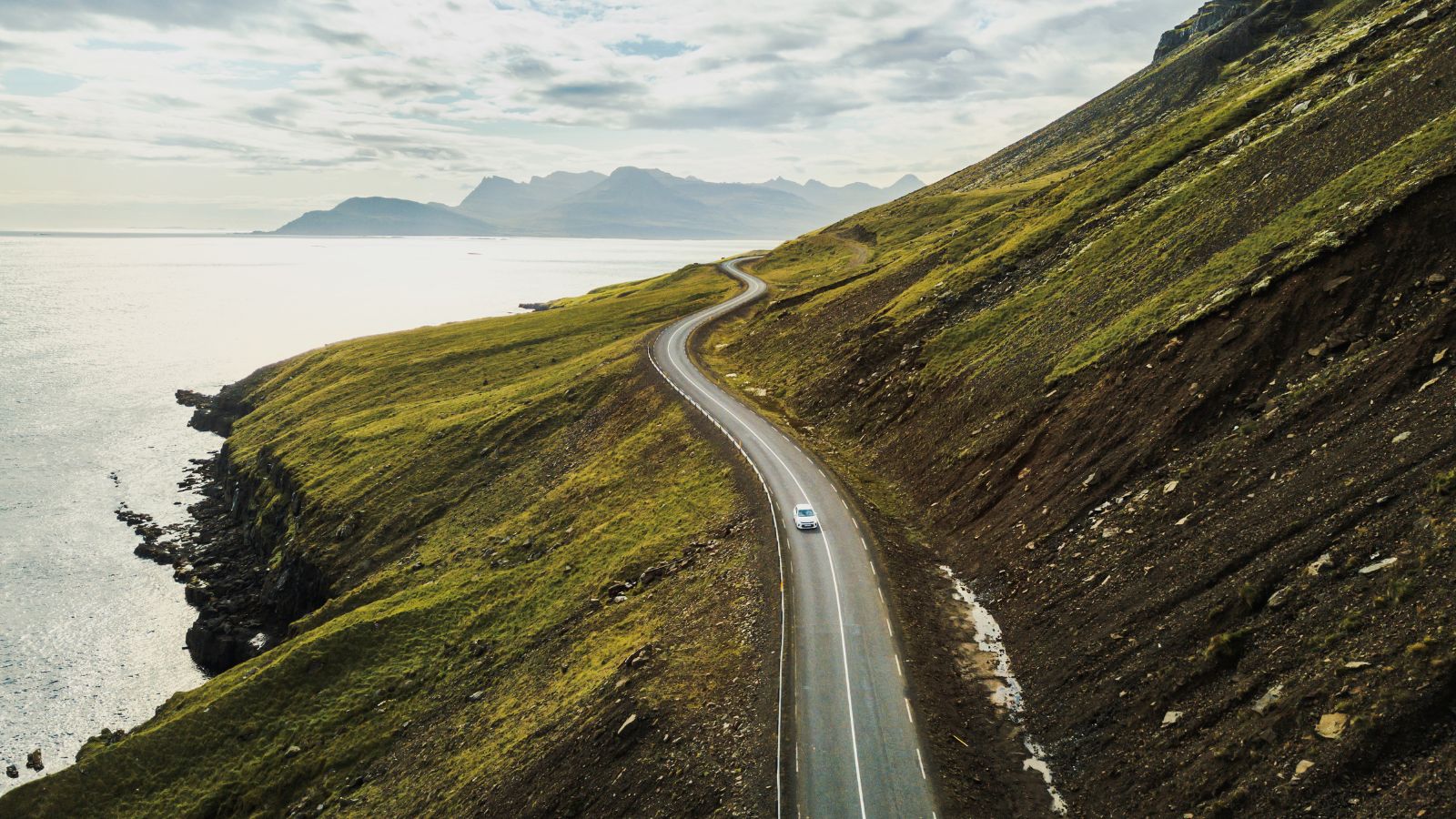
Iceland is one of those irresistible destinations that still fascinates the world. From shimmering blue glaciers to the hypnotic dancing of the Northern Lights, there is much mystique that pulls visitors from all over the globe to this Nordic island. However, due to its location in the cold North Atlantic, Iceland has changeable weather, noticeable seasons, and a variety of attractions that are only accessible at certain times of the year, as well as roads that are closed all winter. When planning a trip to Iceland, it’s important to do your research on the time of year you plan to visit. One of the most popular times to visit Iceland is in March. From choosing the right rental car to taking in all the sights, let’s explore Iceland in March.
One thing to be aware of about Iceland in March is that it’s a bit of a sweet spot in the seasons. The days are beginning to get longer and the ice may start to melt, but it’s still technically the off-season, so you can benefit from better prices and smaller crowds!
Weather in Iceland in March

With March in Iceland comes the first glimpses of spring and hope for the end of winter. Iceland’s temperatures are still rather chilly in March, with the average high hovering around 38F (3.33C) and the average low typically about 28F (-2.22). As you might expect, the weather in the north of Iceland will be colder, while the south and Reykjavík will be slightly warmer. No matter where you’re traveling in Iceland in March, make sure to pack accordingly.
In terms of precipitation, March typically sees about 3 inches (7 centimeters), though this is more often rain than snow. Snow is certainly not out of the question in March. The rule of thumb for the weather in Iceland at any time of the year is, “Expect the unexpected!”
Things to do in Iceland in March
March is a brilliant month to visit Iceland. The end of winter means that not too many activities are off-limits so you’re able to keep busy. Here are just some examples of the great activities you can enjoy at this time of year.

Whale-Watching
All over Iceland, you will find excellent whale-watching tours in March. Tours can be joined from Reykjavík, or if you’re traveling further afield, Husavik in the north is famous for the variety of whales that can be seen! Whale species you can see in Iceland include orcas, humpback whales, minke whales, fin whales, pilot whales, sperm whales, as well as different species of dolphins.
Glacier Hikes and Tours
Iceland’s many glaciers draw tourists from all over the world for not only their dramatic landscapes but also the many activities you can enjoy there. From snowmobiling across their snowy, vast expanses to ice climbing and glacier hiking, there’s plenty here to thrill any adrenaline junkie.
Ice Caves
Exploring ice caves is a real treat in Iceland. These natural wonders, formed by moving glaciers, are only possible to see during the winter months, so March will be one of your last chances to glimpse them. The amazing ice formations are well worth the expedition!
Road Trips
There’s no better way to experience the wild expanses of Iceland than on a road trip. Popular routes like the Ring Road, The Golden Circle, and The Diamond Circle have good access year-round. The Highlands are an amazing part of the country to explore, but it’s not possible to travel there in March. This is because the network of Highland roads, known as the F-Roads, are closed until summer due to inclement weather and tough terrain.
Hot Springs
Iceland is famous for its geothermal activity, and as a result, hot springs and hotpots are dotted all across the country. Some major attractions like The Blue Lagoon and Myvatn Nature Baths are destinations within themselves. You can find others near the country’s countless attractions or near the side of the road. Relax your travel-weary bones soaking in natural hot water, taking in Iceland’s stunning scenery as you do so.
It’s worth noting that some hot springs in Iceland are too hot for people to soak in. Always do your research before entering a hot spring for your own safety!
Driving in Iceland in March
Iceland’s weather can never be fully predictable. Typically, March doesn’t have the most harsh weather, but anything can happen. As a result, driving in March should be safe, but it’s important to check road conditions and weather forecasts before setting out on the roads. In the event the snow does fall, you can learn more about driving in Iceland in the snow.
Northern Lights in March
If you’re wondering if the Northern Lights can be seen in Iceland in March, the answer is yes! Peak Northern Lights viewing in Iceland takes place between the months of October and April, so March should present plenty of opportunities. One of the best ways to see them is to join a Northern Lights chasing tour, but be aware that spotting them is never a guarantee. The conditions have to be just right - read our blog on tips for hunting the Northern Lights.
While the weather may be unpredictable, it adds to the sense of adventure that Iceland offers. Whether you're exploring icy waterfalls, relaxing in geothermal pools, or simply taking in the untouched wilderness, Iceland in March is a place where nature truly takes center stage. It’s a reminder that even in the colder months, there’s a unique charm waiting to be discovered. Start planning your time in Iceland and book your rental car with us today!